Choosing books for a preschooler
- Reading,
- Books,
- Preschool
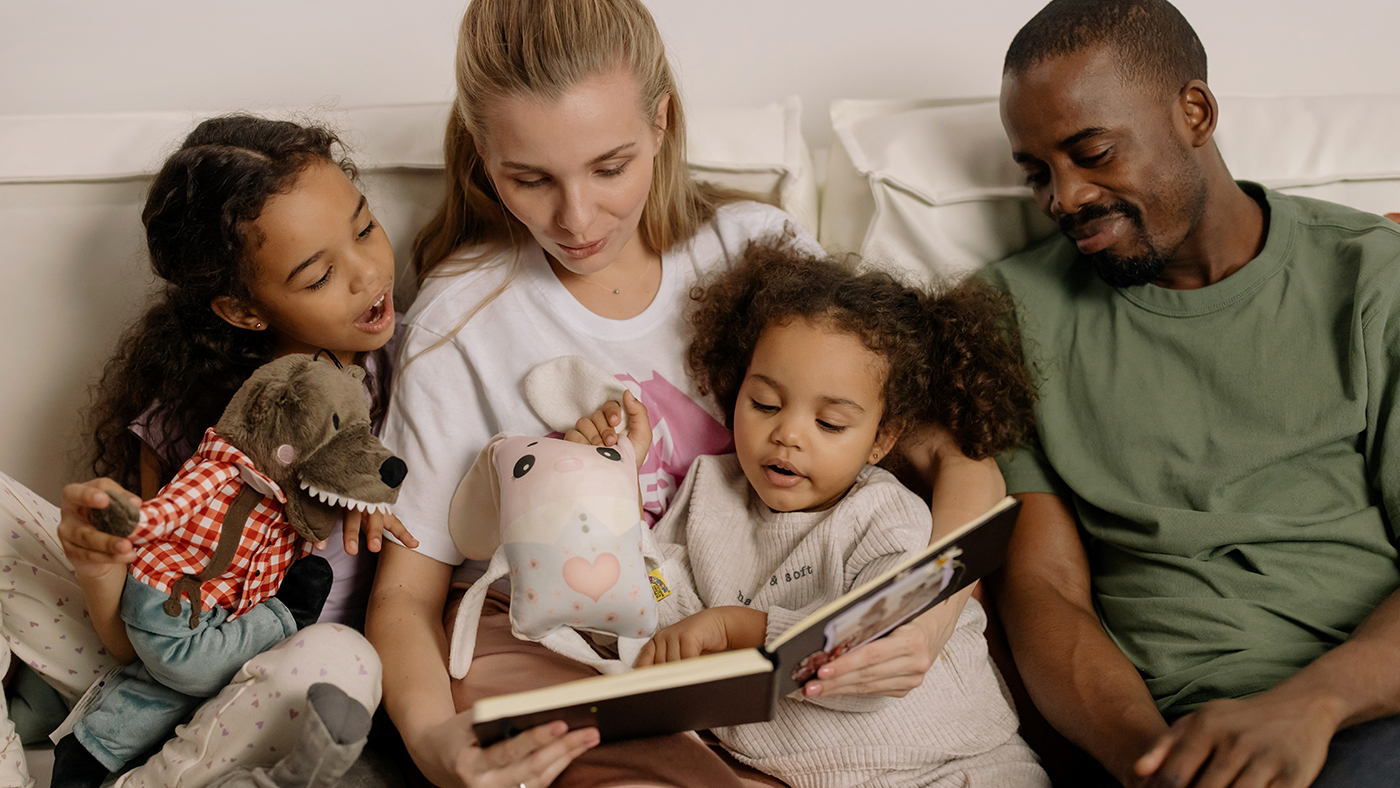
Why is reading important?
We all know the feeling of getting lost in a good book, when time seems to stand still and the world around us melts away. Reading and sharing stories with your preschooler creates precious moments that have a wonderful emphasis on connecting with one another. The invitation to enter a magical new world with the physical closeness of a very loved adult is extremely hard to resist.
So many things happen when a story is read to a child but the most important has to be the building of the bond between you and your child. When you read a book to your preschooler, you immediately engage in a shared activity and can be immersed into a whole different world.
Reading forms one of the most important foundations for listening, communication, and language development. The interactions between the storyteller and the listener are a perfect form of two-way communication, and your preschooler will be drawn into an exciting world where they can express their thoughts and emotions.
This page contains affiliate links. MFFY may collect a share of sale or some form of commission from the links on this page if you decide to click them and purchase any items.
The love of language
When books are read out loud, a wealth of language erupts from the pages. In almost every book your preschooler listens to, there is likely to be at least one word that they haven't heard before. This new vocabulary is introduced in a safe environment where trust has been established and can be discussed in an open and honest way. All these lovely words can also be beneficial to holding conversations on a wide range of topics.
A superb book for introducing wonderful language in a hugely entertaining way is ‘Oi Dog!’. This book is a delightful rhyming book where a frog tries to change some rules about where animals can sit, – I'm not sure everyone agrees!
Oi Dog! - by Kes & Claire Gray and Jim Field
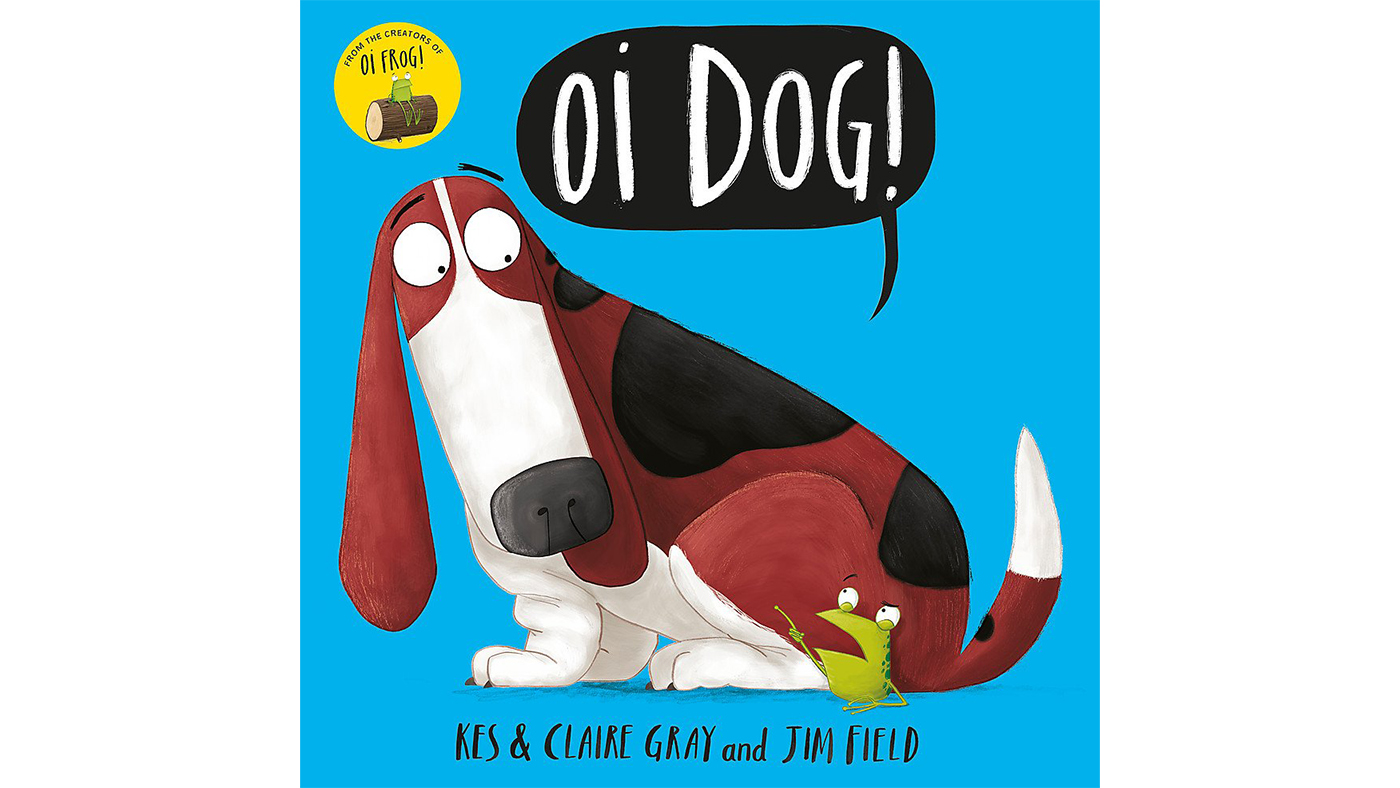
To buy (via Amazon): https://amzn.to/3IuKfLc
When stories are read to preschoolers, a variety of new concepts can be introduced, such as the setting of the book, the characters, any problems encountered in the story, and the resolution. Preschoolers adore stories that can be read over and over again. You may become bored with reading the same book repeatedly, but this repetition is necessary. When a preschooler hears the same text and sees the same images, they begin to notice the structure and wording of the story. As a result, they can begin to recognise the sequence of events when reading new stories.[1]
Supporting early understanding
Psychologist Lev Vygotsky believed that adults can scaffold their preschooler's understanding of early routines of book reading by encouraging them to turn the pages or describe the pictures they can see. The more practice a preschooler has with these tasks promotes an understanding which can lead to independent book reading. Vygotsky thought that children have actual and potential abilities, meaning that if a child has support from an adult, they are given an opportunity to achieve more, he called this the ‘Zone of Proximal Development’. Vygotsky was very clear in his theory of learning that any scaffolding must be in line with a child’s abilities, meaning that if a preschool child was learning how to look at a book independently and they were left with a dictionary to read, this would not be within the ability and therefore their learning would not be scaffolded.
A more suitable form of scaffolding would be to use books that have pictures. Illustrations help your preschooler to remember what happened in the story and provide them with a tool to use if they wish to start reading a story by themselves. You can support your preschooler by referring them to the illustration for an idea of what the text is saying.
When a child shares a story, they are automatically learning about print, letter recognition, language, story skills, and book reading conventions.[1] At this stage, it would be suitable to scaffold your preschooler's learning by pointing to the text and running your finger along the text in the direction it is read. In English, this would be left to right and top to bottom, and that we start reading from the front of a book.
What about non-fiction books?
It is a great time to introduce non-fiction books to your preschooler. Non-fiction books have a natural tendency to lend themselves to adults focusing on the vocabulary while their preschooler interacts with the photos and begins to comment and possibly ask questions. There is a key difference between the information in non-fiction and fiction books, this is that a non-fiction book is focused on vocabulary and a fiction book concentrates on locations, characters and emotions.[1] Non-fiction books are beneficial for understanding the natural world, scientific facts, our environments and how we live. As the information is factual, it presents incredible general knowledge to your preschooler.
Explore my world books are fabulous first non-fiction books for preschoolers. Here we have the example of Baby Animals. The photos are beautiful and the text is fun while informative.
Baby Animals (Explore my World) - by Marfe Ferfuson Delano
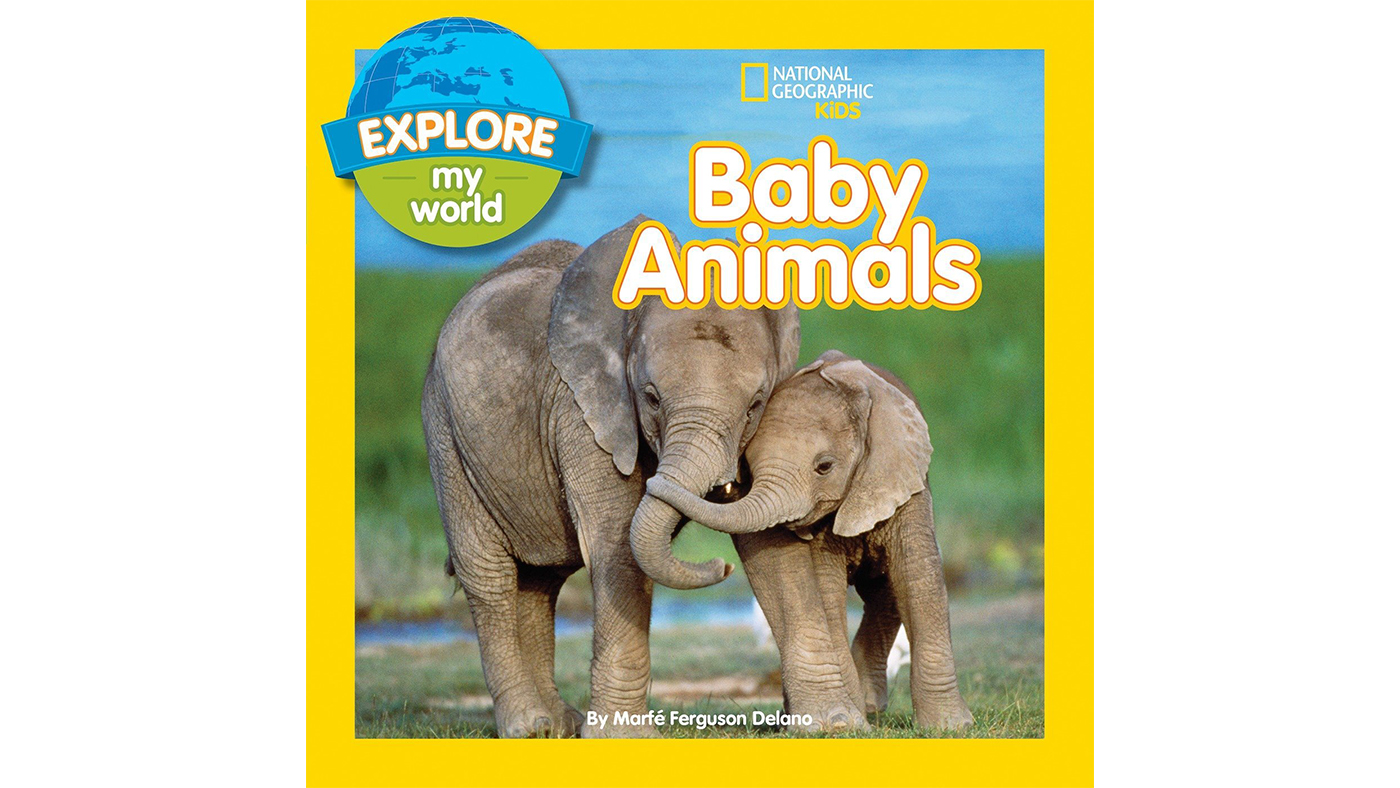
To buy (via Amazon): https://amzn.to/35eKrzI
Igniting the imagination
Preschool aged children can’t resist an engaging and entertaining story. So many books have a sense of adventure in them, inspiring your preschooler to embark on an adventure of their own. Books can spark the imagination while providing incredible information about the world around them.
For children of this age, knowledge gained through books can be invaluable. According to one study, once picture books have been read and discussed, preschoolers can absorb facts from them. If they are supported by an adult, preschool-aged children will also gain the ability to answer questions and justify their choices.[4] A great book for getting that imagination literally flying away is Bizzy Bear: Space Rocket. In this adventure Bizzy Bear jets off into space and you can join the adventure by sliding the moving parts and looking at all the amazing things Bizzy Bear can see from his rocket in space.
Bizzy Bear: Space Rocket - by Benji Davies
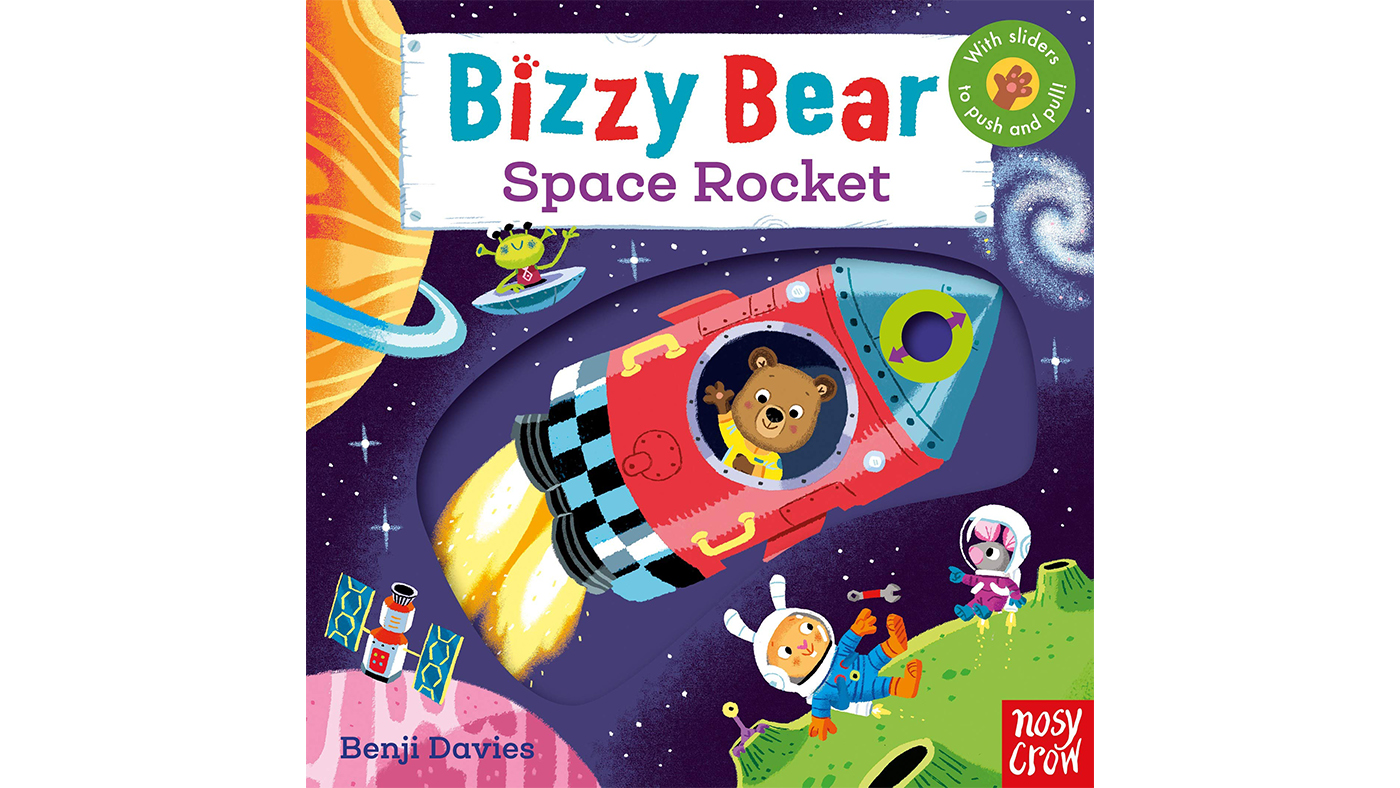
To buy (via Amazon): https://amzn.to/3r27iXW
Am I feeling all right?
Many stories are based on feelings and emotions. Reading is a great tool for teaching your preschooler what feelings such as happy, scared, and excited mean. Books engage children cognitively and emotionally and the words and illustrations draw them into a world where sensitive topics can be addressed in a safe environment. Fiction creates worlds where we can engage in the emotions of the characters and preschoolers can start to think about how characters may feel, and then eventually, be able to describe how they themselves feel.
Your preschooler is now capable of storing information they receive about emotions in their brain and the more the stories are read, the stronger these connections become. This early learning is further supported with the use of illustrations as your preschooler will begin to connect that seeing pictures of smiling characters would suggest the characters are happy, whereas seeing tears suggests the characters are sad.
Cognitive development
Books are incredible for supporting cognitive development. They bring up concepts such as past and present which naturally provide the use of tenses and therefore build new vocabulary. When language like this is learned, it can be transferred into everyday conversation and descriptive discussions.
Many picture books lend themselves nicely to mathematical principles like counting and problem-solving. Within drawings and text, the concepts of preposition, shapes, direction, and size are frequently displayed.[3] Preschool-aged children are now more able to associate numbers they hear in a story with themselves. If they hear the number three, they might say “I am three,” even if the story is about Goldilocks.
Here are two completely different books that introduce mathematical concepts. Spot the Dot is an interactive book that invites children to find different coloured dots on the pages. The text is simple and the pages include tabs to pull, lift and spin.
Spot the Dot - by David A. Carter
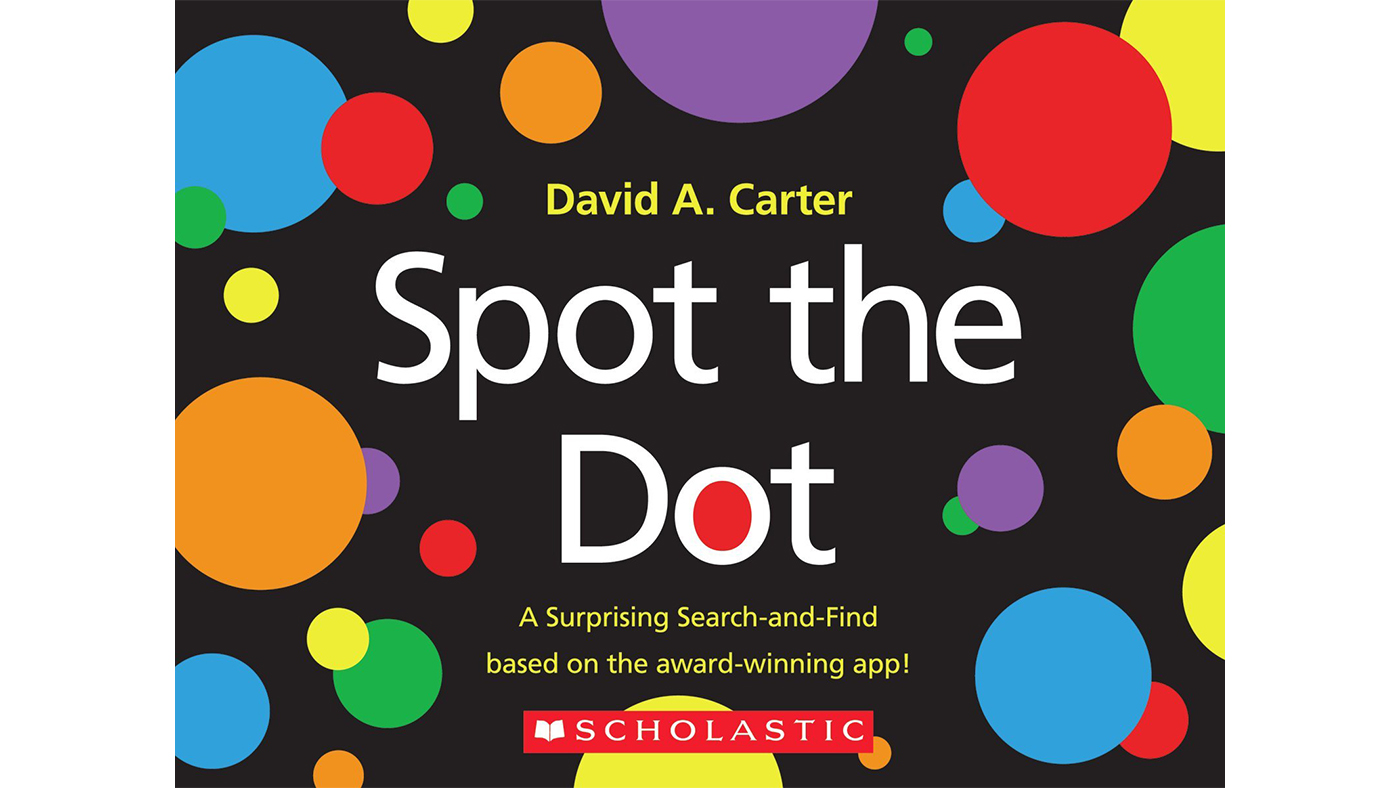
To buy (via Amazon): https://amzn.to/32D7mnC
A second example is the hilarious Dinosaurs Love Underpants. In this book, much language is introduced about size, pattern, shape and colour and it is a good one for engaging your preschoolers’ ideas and thoughts.
Dinosaurs Love Underpants - by Claire Freedman and Ben Cort

To buy (via Amazon): https://amzn.to/3H6vxcQ
Story characters can be a particularly fascinating way of encouraging preschoolers to use their cognitive thoughts when trying to solve problems within stories, because children make sense of problem circumstances by imagining themselves in the situation of the character in the book.
Hints and tips for reading at home
- While you are at home, try to have a selection of books around your home that are interesting to your preschooler. Books should be available to them to be able to choose, for whenever they feel the urge to look at a book. There may be times when you feel that you are too busy to sit and read with your preschooler, if this is the case, talk about a moment later in the day that you can share the book together.
- When you are reading together, turn off any background noises like the television. If you are distracted, then your preschooler will be too. Giving your preschooler full attention will help them learn that reading times are very special, and nothing else is as important at that time.
- It is around now that you may be able to extend learning when reading some your preschooler's favourite books. They will be familiar with the story and they will understand what happens next so how do you keep it interesting? A simple hint here is to start explaining the illustrations. If there is anything happening that links to your preschooler’s life this is very important in keeping their attention and focus. It might be that their favourite colour is on a page, or a character has similar socks to them.
- The more a preschooler is interested in the story, the more engaged they will be in the story. If a preschool-aged child hasn’t fully understood the concept of holding a book and turning pages, they cannot be left to read on their own.
- When you are reading together, try to make time for open questions throughout the story, and at the end. We don’t mean that you have to ask a question on every page, it might be a prompting ”I wonder” question in the middle of the story and then a discussion at the end to find out whether they enjoyed the book or not and why.
- Really do have fun and be silly for some story times. When you are reading a familiar book, say some of the words incorrectly or pretend you have forgotten how to read. My nephews loved it when I read Peppa Pig stories and I called her Pippa Pog, they never got bored of it!
- Try to choose books that are of interest to your preschooler. They may really be fascinated by trees or transport. Finding a non-fiction book related to their interest could build a story time that is full of wonder and awe. Have they seen any of the trees or trains before? Where might they find them? Linking any book to themselves will ignite a love and interest that can’t be matched.
A story they will find hard to resist is Poo in the Zoo. Children typically love toilet humour and they may only recently be toilet-trained themselves. This book is hilarious and will get you all giggling away.
Poo in the Zoo - by Steve Smallman
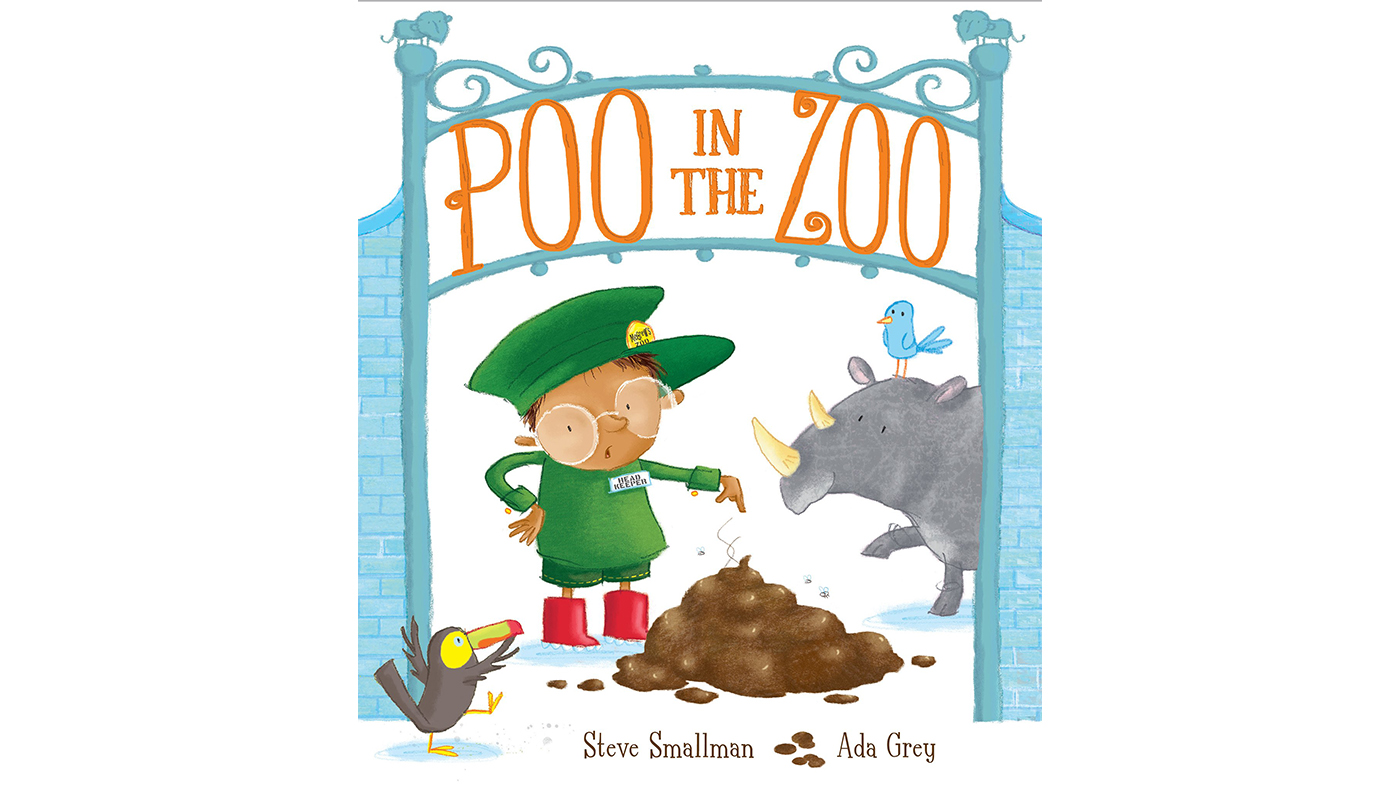
To buy (via Amazon): https://amzn.to/3H27JqA
- Why don’t you try making your own book? We all know children love themselves and they could either try to draw pictures for you to narrate or simply stick photos of family members, pets and occasions into a homemade book.
- My nephews loved a story sack. These can be easily made by using a bag or box that you already have and placing objects into it that relate to a story. As the story is read, your preschooler can find the object and interact with what is happening. If say your book is about a duck in a pond, add a bowl of water and a toy duck to story time, or use a spray bottle if it rains in the story.
- Books that contain no words are ideal for preschoolers. Having wordless books is priceless for early readers as your preschooler will try to read what they can see in the illustrations. The example below is a wonderful book about a girl who enters another world with her cat. Your preschooler may have completely different ideas to you as to what they can see happening, really driving home that we are all unique.
Another - by Christian Robinson
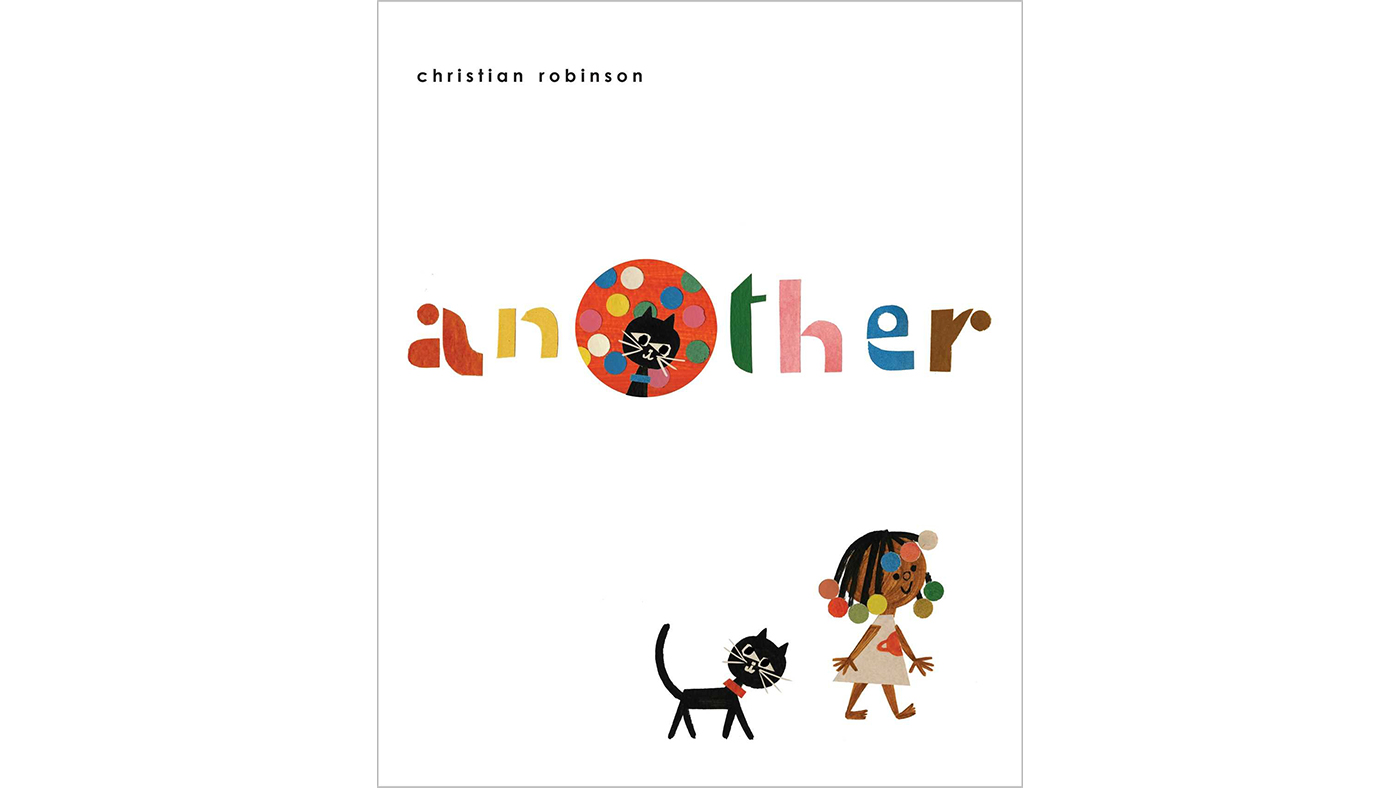
To buy (via Amazon): https://amzn.to/33KeAqt
Now is a great time to introduce slightly longer stories. Have moments where you pause in reading to allow your preschooler time to join in or notice the illustrations. Always remember, your preschooler will learn so much from sharing books with you. In every story time, they have valuable opportunities to explore their imagination, curiosity and to learn about storytelling and reading.
References:
[1] A. Van Kleeck, S.A. Stahl, E.B. Bauer (2003). On Reading Books to Children Parents and Teachers Lawrence Erlbaum Associates.
[2] M. Nikolajeva (2014). Reading for Learning. Cognitive Approaches to Children’s Literature. John Benjamins Publishing Company
[3] P.A. Ganea, L. Ma, J.S DeLoache, (2011). Article: Young Children’s Learning and Transfer of Biological Information from Picture Books to Real Animals. Child Development, September⁄ October 2011, Volume 82, Number 5, Pages 1421–1433